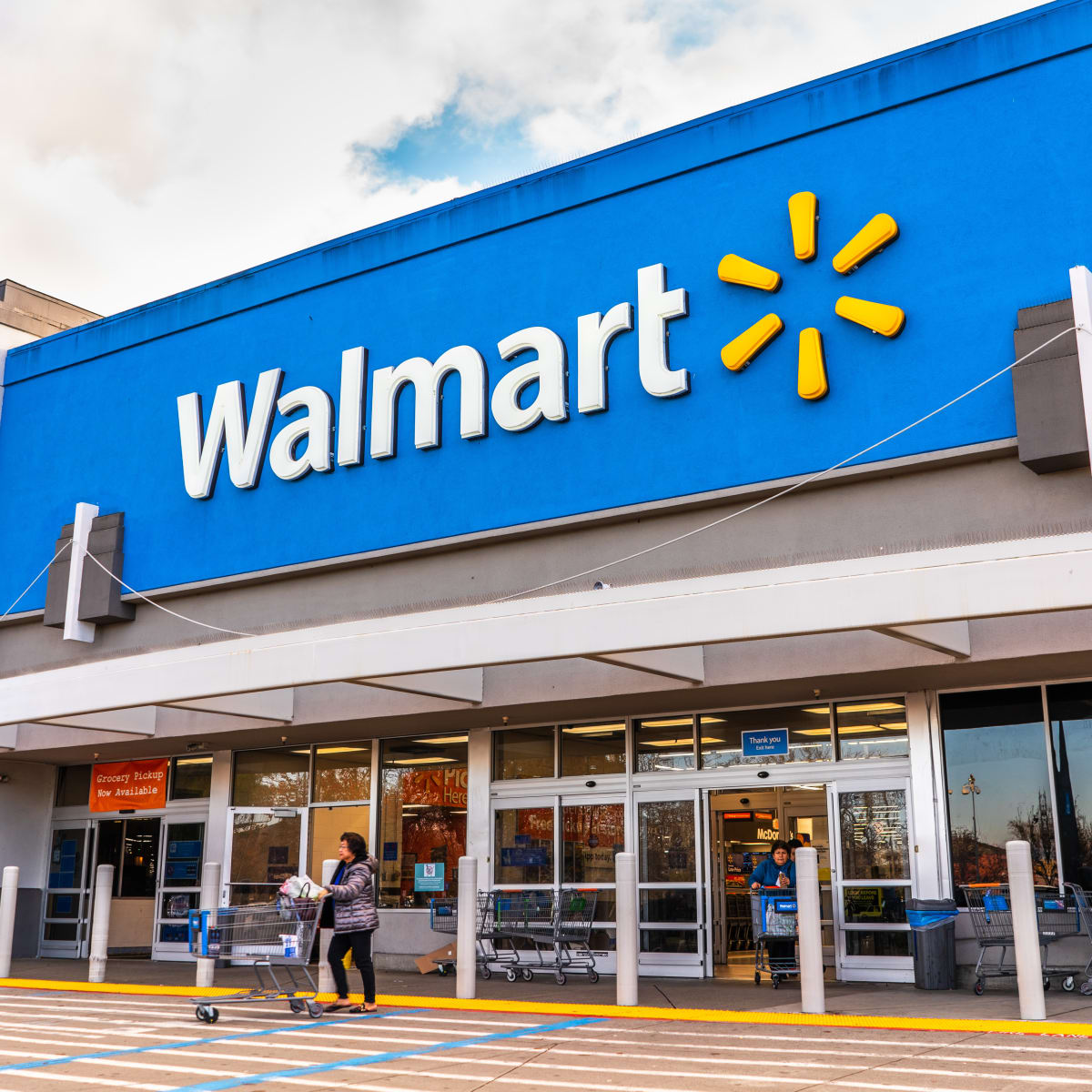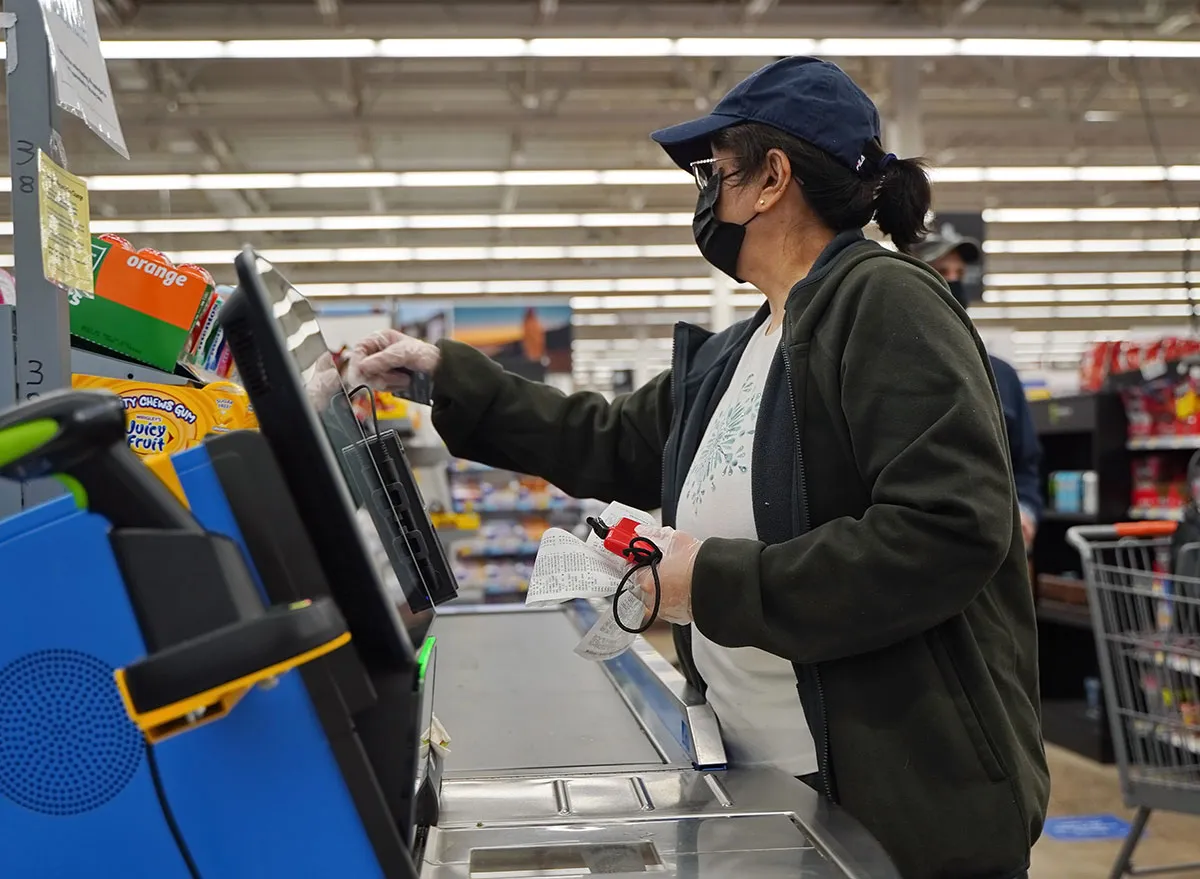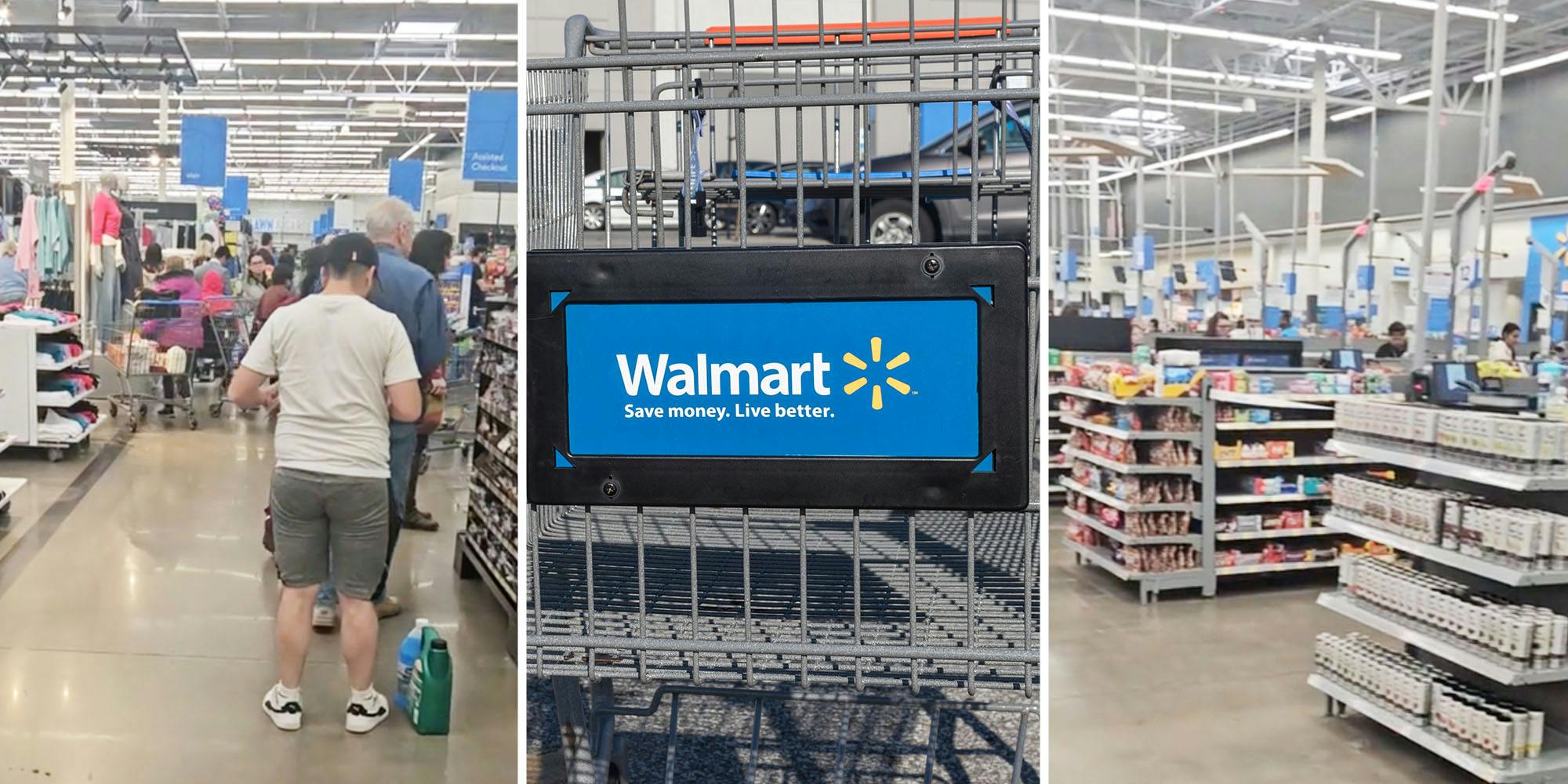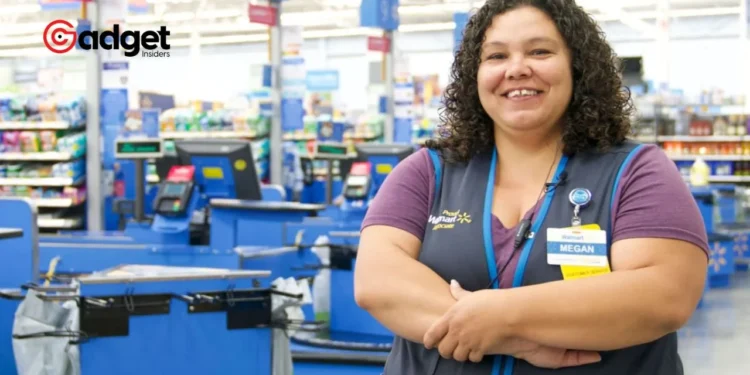In a world where efficiency and speed often dictate consumer choices, the concept of self-checkout lanes has been both a boon and a bane for retailers. Among the giants navigating this dual-edged sword is Walmart, whose recent adjustments to self-checkout usage have sparked curiosity and concern alike among its clientele. Walmart, a household name synonymous with vast selection and affordability, has been at the forefront of retail innovation.
However, a recent report from Business Insider revealed that Walmart is limiting self-checkout lanes in some stores, allocating them specifically for Walmart+ members and Spark delivery drivers. This move has raised eyebrows and questions about the future of self-checkout systems in retail.

Walmart: Customer Convenience vs. Retailer
For many shoppers, the allure of self-checkout lanes lies in the promise of a quicker, more streamlined shopping experience, especially when armed with a shortlist.
Yet, the retail industry faces a growing challenge: theft. Incidents of shoplifting and under-scanning have escalated, prompting retailers to reconsider the viability of self-service lanes. “All the checkout lines were closed and I had to wait 40 minutes in a line,” shared a frustrated shopper on X, highlighting the inconvenience caused by closed self-checkout lanes.
Retailers like Target and Costco have also been reevaluating their approach to self-checkout, looking into novel methods that can improve productivity while also reducing losses.
To strike a balance between the preferences of customers and the reality of business operations, merchants are experimenting with a variety of strategies, such as restricting the number of products that can be checked out by self-service and increasing the amount of staff supervision.

The Retailer’s Dilemma: Balancing Technology and Human Touch
According to Adrian Beck, emeritus professor at the University of Leicester, the adoption of self-checkout systems has led retailers to “develop a range of ways in which to keep the associated losses under control.” This involves a mix of technological solutions, design modifications, and process changes aimed at reducing theft and errors at self-checkout stations.
Walmart’s approach to this challenge has been notably pragmatic. Rather than a sweeping corporate mandate, the retail giant has empowered store managers to tailor self-checkout options based on local needs and feedback. “Our managers look for ways to innovate within their stores and pay close attention to customer feedback,” stated Walmart spokesperson Joe Pennington.
You idiots voted for $20 min wage and other inflationary policies to only realize what we warned… jobs gone to robots… good job morons. 🤣
‘Extreme corporate greed’ fumes shopper after Walmart’s new self-checkout change forces ’15 minute wait’https://t.co/i7XfCaJFdp
— James R (@Realpersonpltcs) March 25, 2024
The Future of Self-Checkout: An Ongoing Experiment
As the retail sector continues to evolve, the role of self-checkout remains a subject of debate and experimentation. While some stores restrict or refine their self-checkout options, others, like Schnucks and Dollar General, are also reevaluating their strategies to combat shrinkage—a term for inventory loss due to theft or error.
The preferences of shoppers play a critical role in this evolution. A survey by NCR Voyix found a generational divide in self-checkout usage, with younger consumers showing a stronger preference for self-service options. This underscores the challenge for retailers: designing a checkout experience that caters to diverse consumer preferences while safeguarding against losses.

Self-Checkout: A Balancing Act for the Ages
Walmart’s experimentation with self-checkout reflects a broader industry trend of navigating the complexities of modern retail. As stores seek to offer convenience and speed without compromising security, the future of self-checkout will likely be characterized by innovation, adaptation, and an ongoing dialogue between retailers and their customers.
In this dynamic landscape, the checkout experience may continue to evolve, but the pursuit of efficiency and customer satisfaction remains constant.










